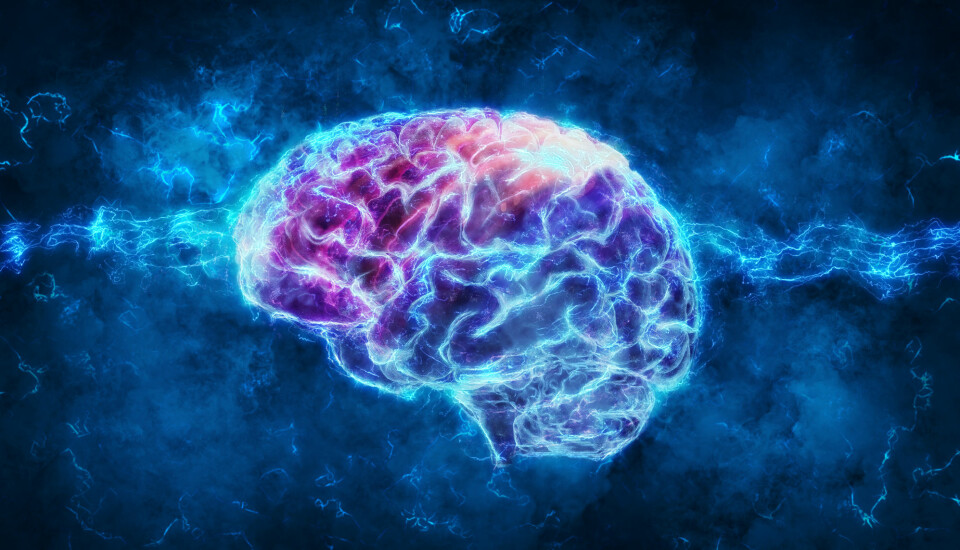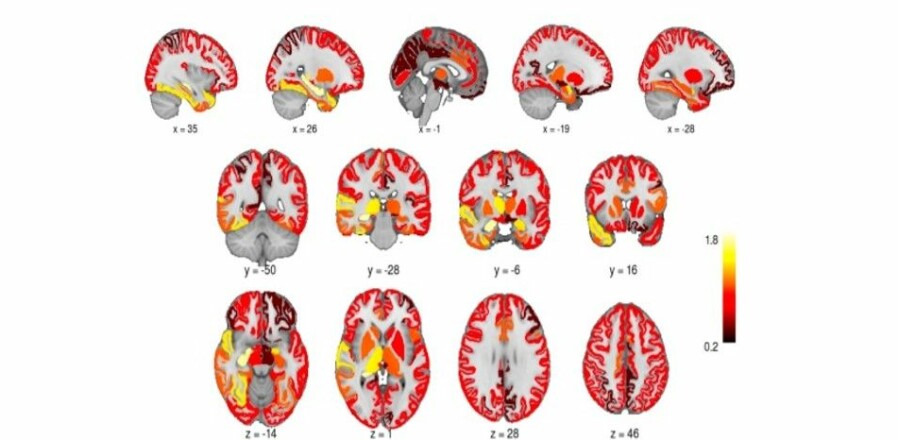
Electric shock treatment increases volume in large parts of the brain
Using electrical brain stimulation to treat depression affects larger areas of the brain than previously recognized, according to a new study from Bergen.
In electroconvulsive therapy (ECT), a small amount of electric current is transmitted through parts of the patient's brain, triggering an intentional brief epileptic seizure.
The therapy method has been documented as the most effective treatment for patients with severe depression. It is most often used when other treatment methods fail.
A new study reveals that the grey matter of the brain increased in volume after ECT treatment.

Researchers don't yet know how ECT actually works. But previous studies have shown that ECT results in increasing the volume of the hippocampus.
Now, a recent study conducted at Haukeland University Hospital in Bergen shows that the treatment has a more extensive effect on the brain than researchers previously believed.
The study has been published in the journal Biological Psychiatry.
Hippocampus smaller in people with depression
Previous research has shown that the hippocampus has become smaller in most people who have been depressed.
The most common explanation for this is related to increased levels of stress hormones, like cortisol, during depression.
"Researchers have wondered if the positive effect of ECT treatment can be explained by the increase in volume of the hippocampus," says Olga Therese Ousdal, one of the researchers behind the study.
She is also a consultant in the radiology department at Haukeland University Hospital.
Before and after scans of the brain
“The goal of the study was to investigate how ECT treatment affects brain structure,” Ousdal says.

A total of 328 patients with severe depression at 14 different institutions participated in the study. They received MRI brain scans both before, and one to two weeks after, ECT treatment.
In addition, a control group of 95 healthy patients were scanned twice.
“The fact that our study includes so many patients means that it has high statistical power,” says Ousdal.
Increase in volume of brain’s grey matter
The study shows that electroconvulsive therapy works on larger areas of the brain than previously thought.
The volume of grey matter increased in almost the entire brain, with the exception of the cerebellum.
In fact, the volume increased in 79 of 84 areas of grey brain mass, but the volume of white matter did not increase.
“The results are important because they show that ECT causes widespread changes in the brain and not just in localized areas that may be important for depression,” says Ousdal.
Mechanisms behind the effect
With this finding, research on the effect of ECT on the brain has taken an important step forward.
“Now we’re no longer just looking at one place in the brain to explain the treatment effect of ECT.
“We have to think outside the box, and we already have some follow-up studies in progress that we hope will get us closer to understanding the mechanisms behind the treatment effects,” says Ousdal.
The study may become a building block for improving patient care in the long term.
Ousdal believes the treatment effect may be due to more generalized changes in the network of connections across the brain.
"If the networks have gotten into a specific rut in a depression, ECT may influence the networks so that the brain is helped out of the depression," she says.
Amnesia
Electroconvulsive therapy was introduced in the 1930s, but the method eventually gained a bad reputation. A common side effect is memory loss.
Treatment has since improved and the side effects are less. In Norway, around 1500 ECT treatments are performed per year, fewer than in other Nordic countries.
Reference:
O.T. Ousdal et.al: “Brain Changes Induced by Electroconvulsive Therapy Are Broadly Distributed”. Biological Psychiatry. 25 July 2019. doi: 10.1016 / j.biopsych.2019.07.010.
———
Read the Norwegian version of this article at forskning.no































